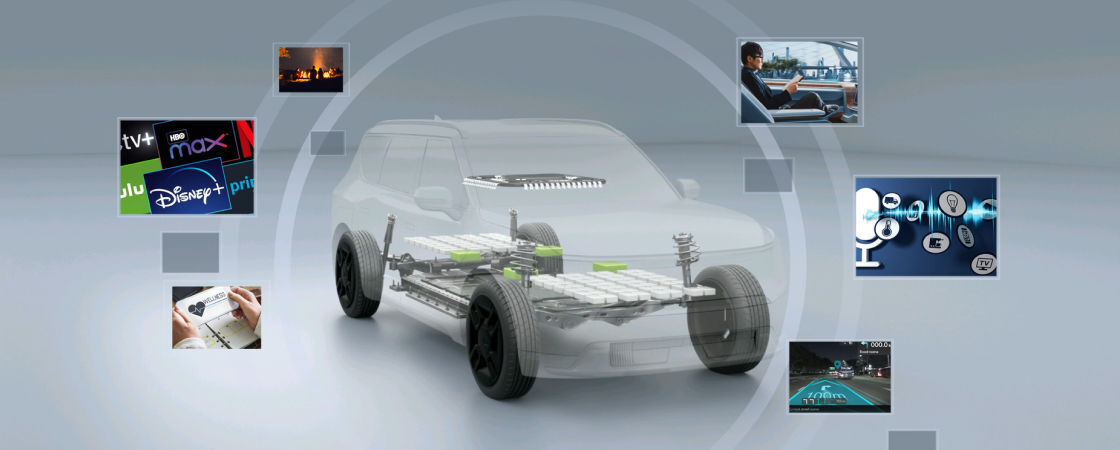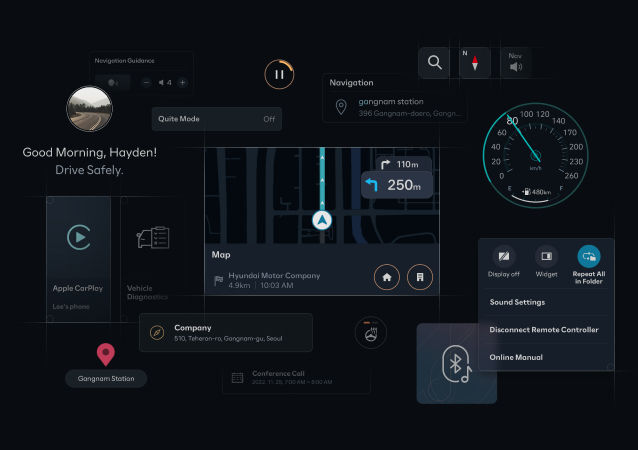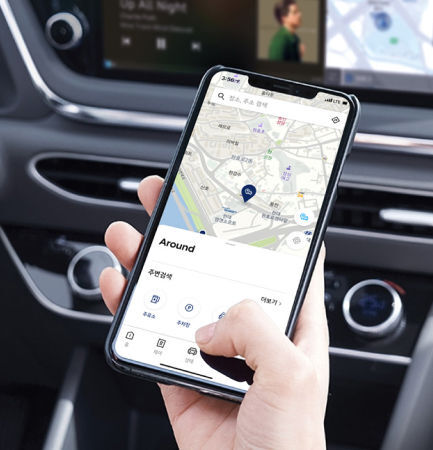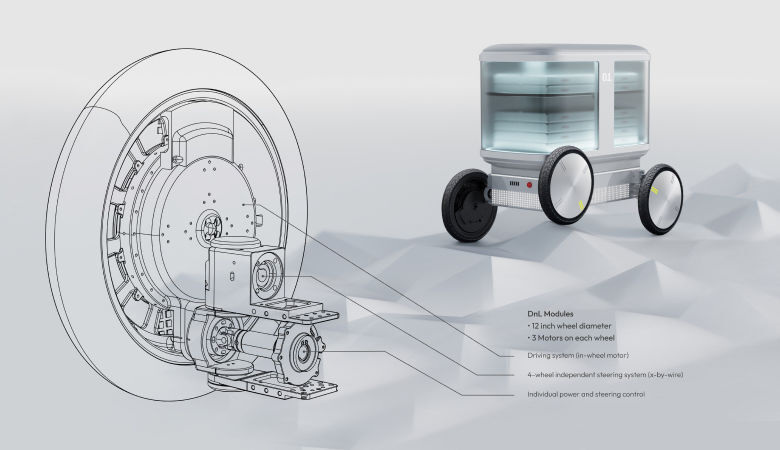Cookie
We use cookies to analyze site usage and improve our website and services. For more information, read our Cookies Policy.
Innovation
Future mobility
Autonomous driving technologies can assess the driving conditions on their own while on the road. If there's a risky situation or an impending accident, the system steps in to ensure a safe prevention. And in drowsy driving situations, the system automates tasks to reduce driver fatigue. We provide comprehensive autonomous technologies covering safety, driving convenience, parking safety, and parking convenience to enhance your driving experience.
Additionally, to enhance the safety of autonomous driving technology, Hyundai is preparing for previously unforeseen situations. Hyundai is introducing advanced safety technologies that not only prevent accidents in direct driving scenarios, such as through airbags, seat belts, and ADAS (Advanced Driver-Assistance Systems), but also proactively protect both passengers and pedestrians from potential risks.






Hyundai started delving into robotics over a decade ago, intensifying efforts in 2019 with the establishment of Robotics Lab, focusing on future technology. In 2021, with the acquisition of Boston Dynamics, the Group unified and expanded its vision for future mobility.
Using cutting-edge hardware and software, developed through pioneering robotics research, Hyundai is creating robots and services applicable in various fields like logistics, services, and safety. This innovative approach is shaping a society where robots intelligently guide us, promising a better, more convenient life for everyone.

Hyundai has recently introduced a diverse range of robots, catering to various needs.
Hyundai have developed wearable robots like CEX (Chairless Exoskeleton) and VEX (Vest Exoskeleton) designed to assist human strength, with X-ble MEX (X-ble Medical Exoskeleton) specifically aiding rehabilitation for individuals with lower limb disabilities.
In the service robot category, Hyundai unveiled DAL-e, a customer service robot, ACR, an automatic electric vehicle charging robot, and AI-based delivery robots. Additionally, in 2022, introduced MobED (Mobile Eccentric Driod), an innovative mobile platform.
For more in-depth information about Hyundai's robotics, you can click here.

At CES 2022, Hyundai showcased two groundbreaking robotic technologies : PnD (Plug & Drive Module) and the innovative mobility concept, MobED.
PnD(Plug & Drive) module is an all-in-one solution integrating intelligent steering, brakes, wheel-mounted electric drive, and suspension components within a single wheel unit.
This unique wheel, enabled by advanced robotics, reimagines how we perceive traditional wheels. It can rotate freely, moving flexibly thanks to real-time adaptation through LiDAR and camera sensors.
The core idea behind this robotics technology is to provide mobility to previously immobile objects. From small items to large structures, the PnD module, by enabling movement in everything, has the potential to meet the diverse needs of individuals and society in new and exciting ways.
MobED represents a groundbreaking mobility concept designed to overcome conventional movement limitations. Equipped with the innovative DnL module, it merges propulsion, steering, and braking into one cohesive unit for each wheel. Controlled by a sophisticated system, MobED dynamically adjusts its posture to match road conditions, ensuring optimal performance. It can effortlessly modify its height and tilt, allowing smooth navigation even on uneven or stair-like surfaces, conquering the traditional limits of movement while prioritizing passenger and cargo safety.
Moreover, MobED functions as a versatile multi-platform, adaptable for various purposes. It can assist in filming, move heavy loads, and serve various other roles, depending on the applications integrated onto the platform.
*MoT (Mobility of Things) Ecosystem: A future mobility ecosystem based on robotics technology that grants objects mobility,
allowing users to specify desired spaces and moments and function as a Mobile Connector within the city.
AAM and UAM: Transforming future air travel
AAM, or Advanced Air Mobility, signifies revolutionary future air transportation methods. Specifically, UAM, which stands for Urban Air Mobility, involves aircraft capable of vertical takeoff and landing, enhancing efficiency for inner-city travel. This future-forward approach to mobility addresses the pressing issue of traffic congestion in future megacities, offering innovative solutions for urban transportation challenges.



PBV (Purpose Built Vehicle)
: Customized mobility for every lifestyle
PBV, or Purpose Built Vehicle, represents a versatile electric mobility solution crafted to cater to diverse lifestyles. Designed around specific purposes, PBVs offer passengers tailored services like education, healthcare, and entertainment during their journeys. PBV can also transform into facilities such as cafés or hospitals, going beyond transportation to become a "space of life."
